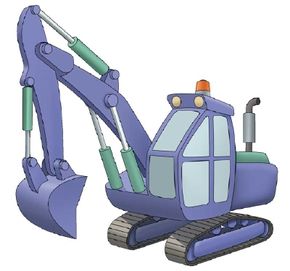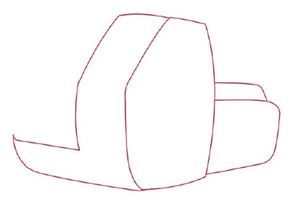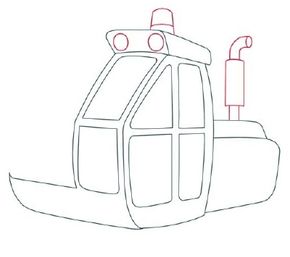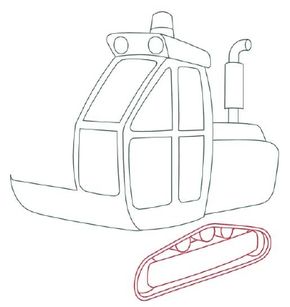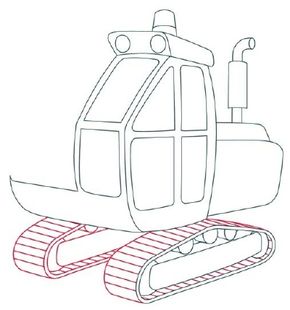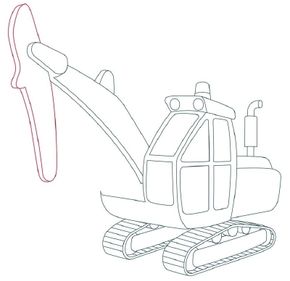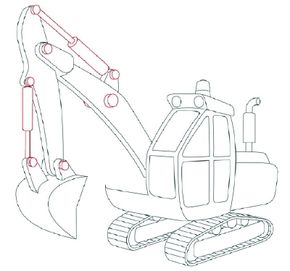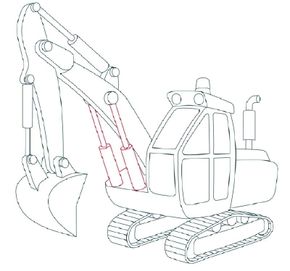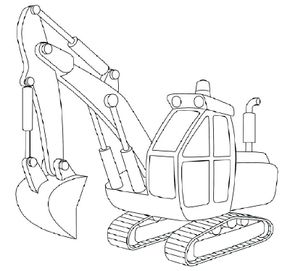Though it may look like a creature from outer space, this versatile construction vehicle is useful for everything from demolition and digging up dirt to open-pit mining and placing pipes.
In this article, we'll show you how to draw the above excavator. You can draw this construction vehicle freehand while looking at your computer monitor or print out this page to get a closer look at each step. Follow the red lines in each illustration to learn exactly what to draw in that step. The lines drawn in previous steps are shown in gray. Here, we'll show you an illustration of each step and then give you a description of how to draw it.
Advertisement
Are you ready to get started drawing this amazing machine? Head over to the next page for the first step.
